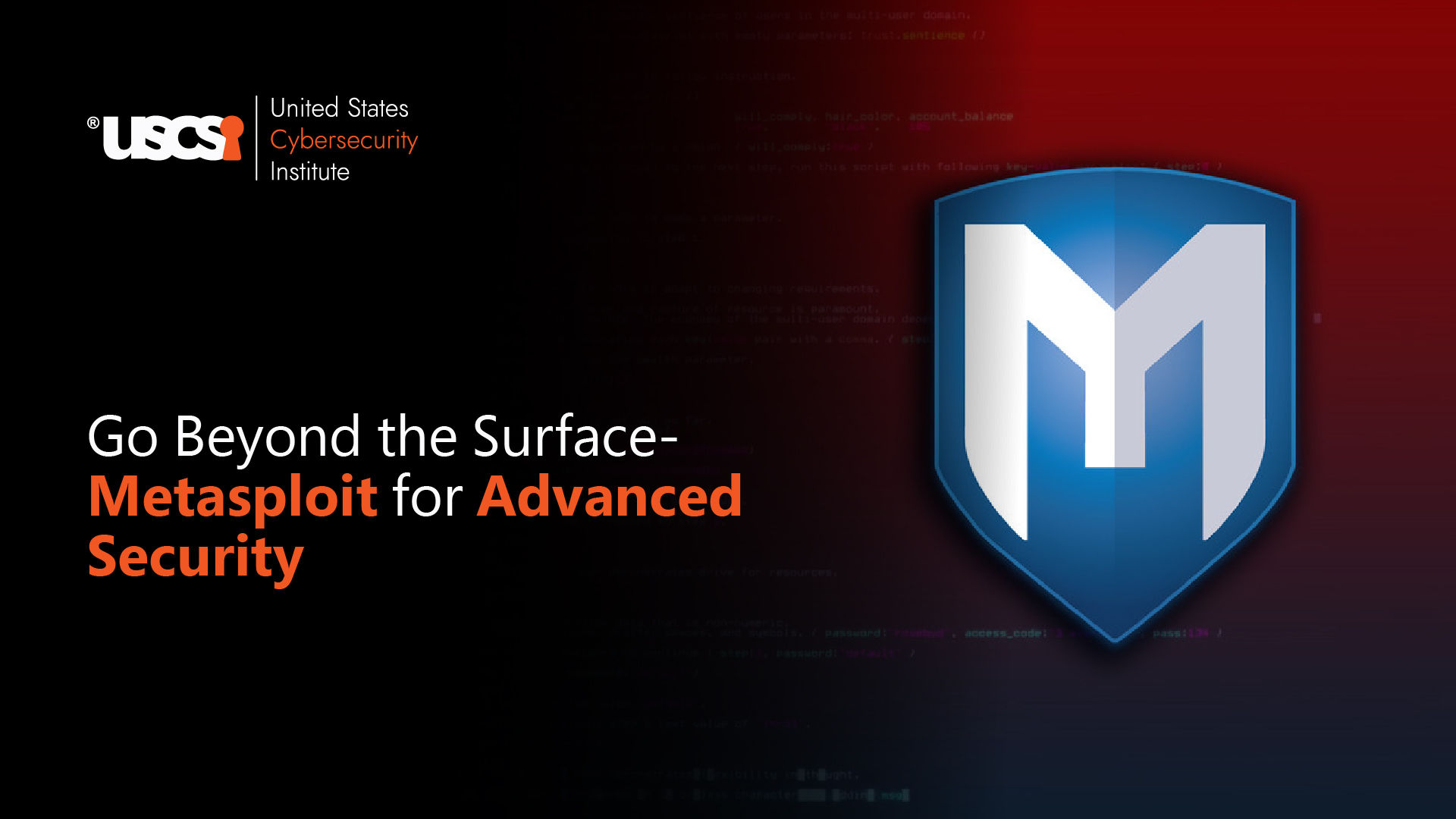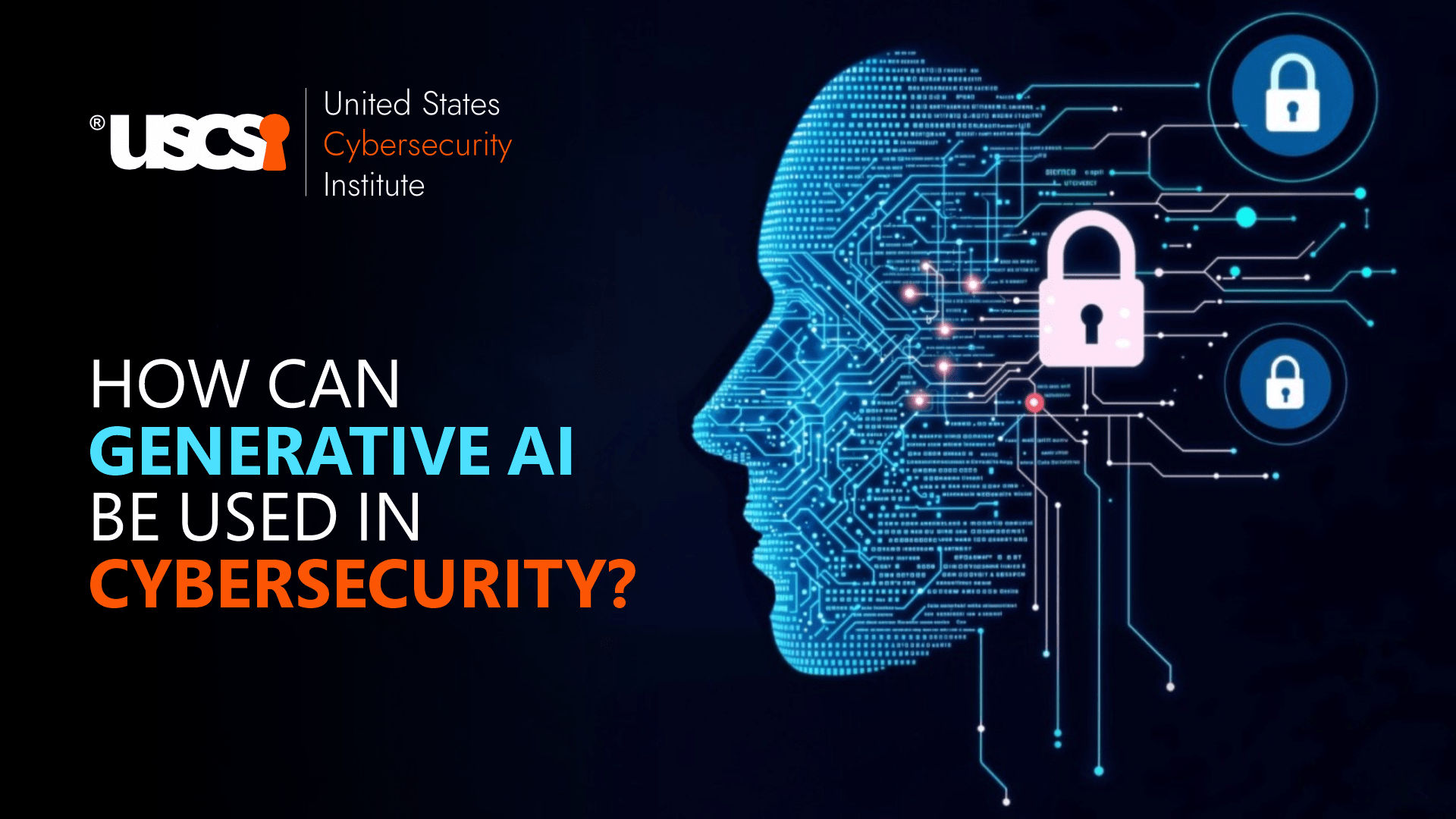

Zero Trust Security Strengthening the Cybersecurity Practices
The core principle of Zero Trust security models is trust must be earned and not assumed. Now organizations have started realizing the importance and widespread use of this security technique and are rapidly employing zero-trust security in their cybersecurity efforts. As the world today is becoming more dynamic, and shifting towards the cloud, the chances of cybersecurity breaches and threats are larger than ever, therefore, zero trust says: never trust, always verify.
So how does this technique work?
Every user, device, and application, regardless of where they are located, must continuously verify their legitimacy before gaining access to resources. Strong authentication, least privilege access, and continuous monitoring ensure only authorized entities (devices, users, or applications) gain entry.
Now here are some benefits that organizations understand and therefore, are incorporating zero trust widely:
- Reduced breach impact: A recent IBM study found that Zero Trust can limit the blast radius of a breach by 70% and significantly curb the damage
- Enhanced remote work security: Gartner predicts 60% of organizations will implement zero trust security by 2025, a need driven by the demand to secure remote workforces.
- Improved data protection: Zero trust can reduce data breaches by 90%
Found this info interesting? Then here is a more detailed guide on Zero Trust Security.
Get a deeper insight into this incredible security tactic. Download your copy now.





